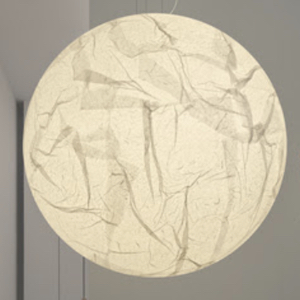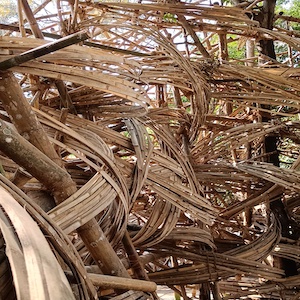Eat My bag; New Materials
By Louis Lefaix
Did you ever notice design is fruitful? Did you ever think about eating your handbag? Probably not, but what if it were made of apple rather than leather? Today we are seeing New Materials originating from nature to help us with products, building supplies, clothing and even skincare. The technology we’ve acquired using up too many resources or creating terrible waste from what we have created is now helping us repay for the lack of understanding of the consequences of our actions. We are seeing eco-friendly alternatives to harmful products, as well as the repurposing of our waste. Find out more in Eat My Bag; New Materials
To start we have some instances of natural alternatives replacing plastic in textiles. These options use the fibres extracted from various forms of vegetation. This allows for light, soft and 100% biodegradable material. Here are some of the possibilities.
Four substances you may not know that can make materials include seaweed, apples, bamboo and pineapples. Although some of these are also used in building and other clean projects

Seaweeds Meet Seacell, and comes from the Icelandic Fjords. It makes for a perfect fabric; it doesn’t involve farming or animal use and is found in abundance. It is best suited for underwear and sportswear. it has already been used by brands such as Lululemon and Falke.
Apples. Who doesn’t like a nice crunch fresh apple? Apple leather is made using the leftover pomace and peel from the fruit. the recovered apple waste and reduced it to a powder. Once processed, it is sent to a factory where it is combined with polyurethane and coated onto a cotton and polyester canvas. It is durable, soft fabric and perfect for hardwearing small accessories. For example, Dooeys house shoes are made from 100% vegan plant-based materials (including apple leather).
Bamboos. The favourite snack of pandas also makes for a great material. There are multiple ways to extract fibre from Bamboo to make fabric. But, the alternative called bamboo linen uses a natural enzyme rather than chemicals. It is of higher quality and non-harmful to the environment. It’s mostly used for sheets, blankets and other household textiles. Although in some countries around the world, bamboo is used in home building

Pineapples. Who knew this juicy and tasty fruit could become your wedding dress? Using the fibre from the leaves, a by-product of the harvest, the fabric is hand-loomed by only a few weavers. This makes it very precious. It is used for table linen, bags and even dresses.
Now, could imagine having your house made out of mushrooms? Here are some natural materials used for construction, including seashells, coffee grounds, mushrooms and even rice.

Seashells. These little objects we admired as kids, are now finding uses in our adult lives. Shells are also largely discarded by the food industry or found on the beach. They have properties similar to limestone. This has made them a viable option for forming durable products in combination with other materials. For instance, South Korean design studio Newtab-22 has created Sea Stone. Sea Stone has similar properties to concrete and has been used to make vases, decorative tiles and more.
Coffee Grounds. The daily caffeine fix of most could well become someone’s chair. In fact, coffee grounds can be transformed into a material similar to petrol-based plastic. This material can be used for the creation of various products. UK-based designer Atticus Durnell has proved this. He made a table and cups, but also tiles. The That’s Caffeine Tiles were awarded Design Guild Mark Award in 2019 in the 2d category.

Mushrooms. Most people know these for their use in cuisine, but did you know these other functions they can serve? More ground-breaking is the project Growing Pavillion. Dutch designers have used mycelium (mushroom roots) to build a prototype house made only of resources we can grow. A 100% biodegradable polystyrene clone has also been created with mycelium and agricultural waste. This showcases the potential and possible uses of Mushrooms as a material. For several years the beauty industry has embraced the power of the small but mighty mushroom.
Rice. Did you know this staple of many dishes, also has this other use? Rice resin is a biomass plastic made from crushed rice. It is an environmentally friendly alternative to polyethene. A Japanese furniture company Meuble Co Ltd has now started incorporating rice resin into the manufacturing of its products.
Although here shown are specific uses, many of the materials are multifunctional like mushrooms and Algae for polystyrene-like packaging or seaweed for pseudo-paper packaging.
On a final note, some materials that we use today are also infinitely reusable. Such as for example aluminium can of course, be infinitely repurposed or recast to its initial form.
This list goes on to show that the knowledge that we gained by exploiting the Earth, is now serving us to heal her. Thanks to the use of natural alternatives, New Materials.
If you enjoyed reading Eat My Bag; New Materials why not read Espionage
.Cent London Be Inspired; Get Involved



